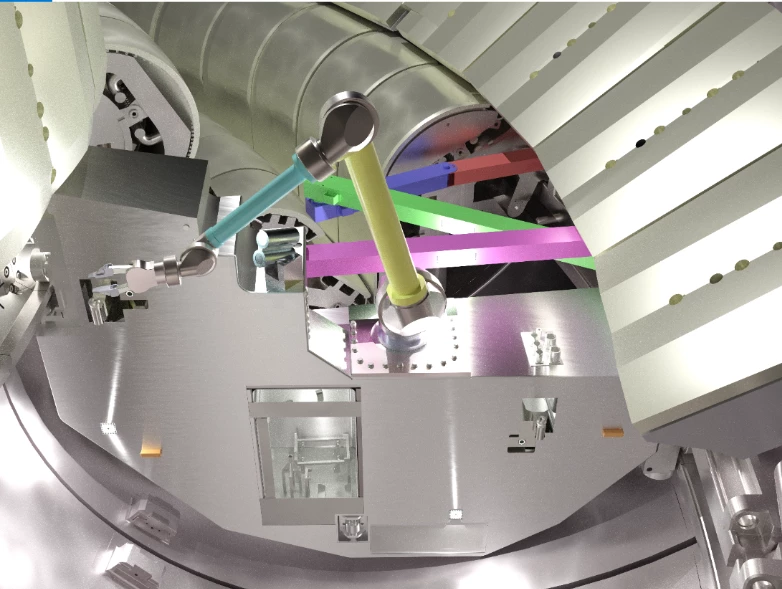
Member Article
Sunderland scientists lead on creating world’s second sun
*North East engineers lead the way on global fusion energy experiment *
As electricity demand increases, the need for a sustainable zero carbon energy source is urgent which is why nations like China, Europe, Japan, India, the Republic of Korea, the Russian Federation and the USA are collaborating to explore the potential of fusion energy. Together they represent half of the world’s population and 80% of the global GDP. The UK involvement is channelled through the EU organisation, Fusion for Energy (F4E), managing Europe’s contribution to ITER.
Fusion is the process that powers the sun. Scientists believe that if they replicate the same reaction on Earth it will provide an unlimited source of energy to the world.
In Sunderland a small team has been working on designing robotic equipment that can safely remove irradiated components and dust from the heart of the machine.
It is known as remote handling and it is a bespoke and highly complex system of tooling that will be key to the maintenance of the machine when it is time to replace components exposed to extremely high temperatures in the range of 250 °C . In fact, the hot gas resulting from the fusion reaction, known as plasma, is expected to reach 150,000,000 °C, ten times the temperature in core of the sun.
In Sunderland, Fanny Fouin, Senior Mechanical Engineer, Assystem said: “In our offices overlooking the Wear, our focus is on creating robotic equipment that can operate in such harsh environment e.g. high temperatures and very high level of radiation in the world’s largest fusion experiment!” “ITER will be the world’s biggest experiment on the path to fusion energy and it will help us to develop fusion reactors putting an end to our excessive reliance on fossil fuels.”
Assystem, the third largest nuclear engineering firm in the world, which has five offices in the UK employing hundreds of staff with over 40 being based in their Sunderland office.
35 countries are involved in the design and build of the first of a kind experiment. The first big ITER tests are planned for 2025. Specialists predict that that it will take 30-40 years to see fusion on the commercial scale.
As well as designing the robotic equipment, Assystem is responsible for the construction management at ITER, overseeing the installation of ITER components from all over the world. In order to deal with technical and organisational complexities of the ITER project, Assystem has set up a consortium, to facilitate:
• Studies, including nuclear safety studies • Contract management • Project management • Construction preparation • Site co-ordination • Works supervision • Completion activities
This was posted in Bdaily's Members' News section by Assystem .




 test article 123456789
test article 123456789
 hmcmh89cg45mh98-cg45hm89-
hmcmh89cg45mh98-cg45hm89-
 test456456456456456456
test456456456456456456
 test123123123123123123
test123123123123123123
 test xxxdiosphfjpodskhfiuodsh
test xxxdiosphfjpodskhfiuodsh
 Savour the flavour: North Tyneside Restaurant Week returns for 2024
Savour the flavour: North Tyneside Restaurant Week returns for 2024
 Six steps to finding the right buyer for your business
Six steps to finding the right buyer for your business
 Stephen signs off on a special night
Stephen signs off on a special night
 Life’s a Peachaus: Gillian Ridley Whittle
Life’s a Peachaus: Gillian Ridley Whittle
 Making a splash: Phil Groom
Making a splash: Phil Groom
 Making workplace wellbeing a priority
Making workplace wellbeing a priority
 A record of delivery, a promise of more: Ben Houchen
A record of delivery, a promise of more: Ben Houchen